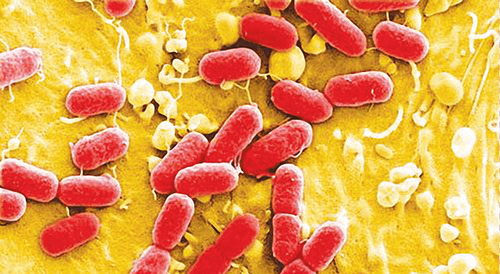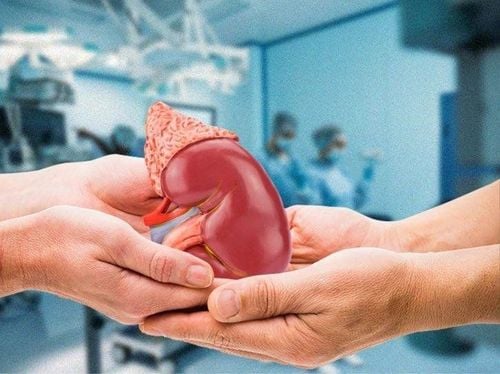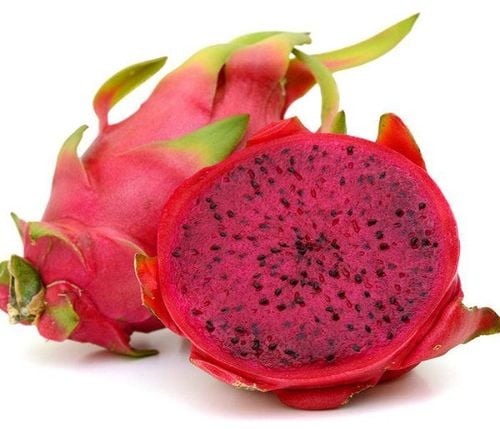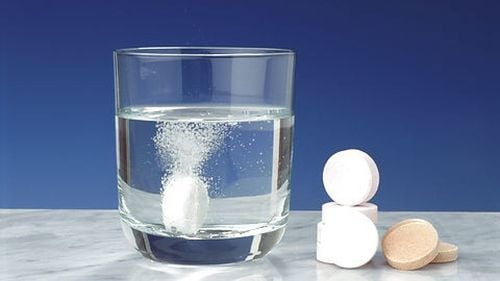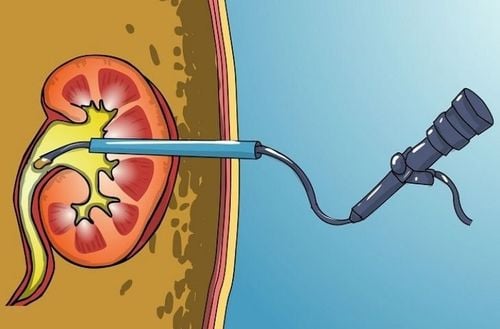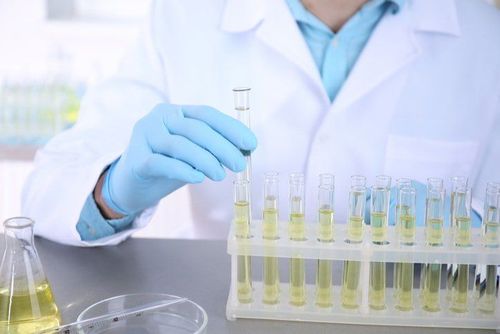This article was consulted by a Urologist at - the Department of General Surgery & Anesthesia - at Vinmec International General Hospital Hai Phong.
Kidney stones account for half of all diseases related to the urinary system. If left untreated, kidney stones can lead to severe complications such as pyonephrosis, hydronephrosis, infection, kidney failure, and even death. However, many people don't know whether a 5mm kidney stone is considered large or small. How to treat a 5mm kidney stone?
1. What are Kidney Stones?
Kidney stones are one of the most common diseases of the ureter. Kidney stones form due to the sedimentation and crystallization of minerals in the urine. There are many causes of kidney stones, the most common of which are unhealthy eating habits, a sedentary lifestyle, and the habit of not drinking enough water. Depending on the formation time, location, and degree of sedimentation, kidney stones will have different sizes.
According to statistics, the rate of women with kidney stones is higher than that of men. Currently, kidney stones often occur in people over 20 years old. However, there are also many cases of children as young as 5 years old being diagnosed with kidney stones.
2. What Kidney Stone Size is Considered Large?
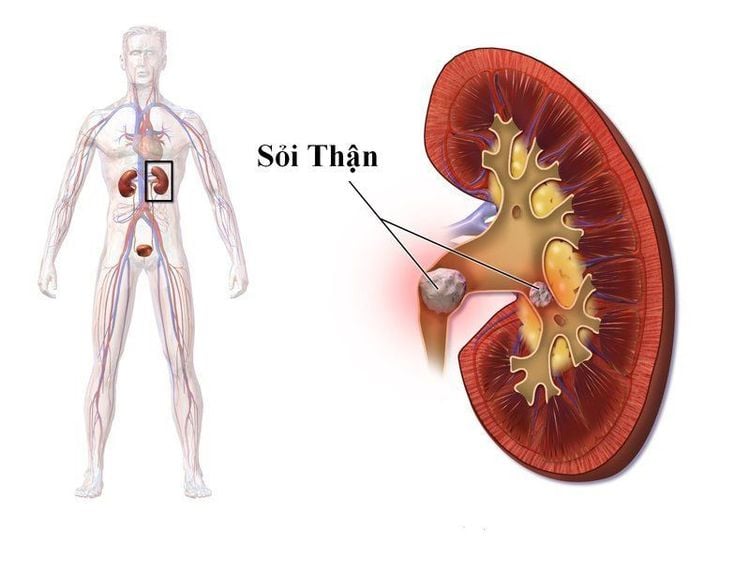
Generally, cases of kidney stones with a size of 10mm or more are considered large and cause significant health concerns. However, when the size of the kidney stone reaches about 5mm, you should have regular health check-ups to monitor the stone's size and have timely treatment measures. The rate and size of stone growth depend heavily on the patient's eating and living habits.
3. Are large kidney stones life-threatening?
In general, kidney stones that are only about 5mm in size will not significantly affect health, so patients do not need to worry too much. When the stones are newly formed, patients only need to drink plenty of water combined with a treatment regimen according to the doctor's instructions; the stones can be excreted on their own without the need for surgery.
However, there are also many cases where kidney stones, even when only about 5mm in size, have abnormal shapes with many sharp edges that can easily scratch the kidneys and bladder and cause pain for the patient. At this time, even if the kidney stones have not significantly affected the function of the kidneys and urinary system, patients need close monitoring for timely treatment.
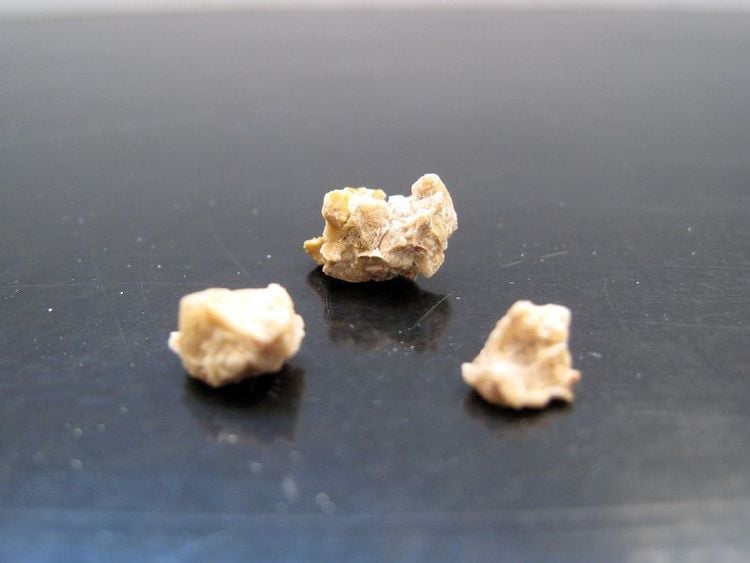
4. Treatment methods for kidney stones currently applied at Vinmec International General Hospital
For cases of kidney stones that do not cause complications of urinary tract dilation, patients can use medication as prescribed by their doctor. The doctor may prescribe some medications to dissolve stones containing urate or cystine.
If the stones are larger, patients need to be treated with surgical methods. Currently, kidney stones can be treated with the following methods:
4.1 Standard Percutaneous Nephrolithotomy (Standard PCNL)
This is a highly effective, minimally invasive method. This method can completely replace open surgery for all stones larger than 25mm, especially "staghorn "renal stones. Patients will receive general anesthesia, minimal damage to the kidneys, less pain, a surgical scar of <1 cm, and a short hospital stay.

4.2 Minimally Invasive Percutaneous Nephrolithotomy (Mini PCNL)
The minimally invasive percutaneous nephrolithotomy method was successfully applied by Dr. Le Si Trung (Department of Urology - Vinmec International General Hospital) in October 2012. With this method, patients will experience less bleeding, minimal damage to the kidneys, and a hospital stay of only 1-2 days.
In particular, Mini PCNL is very effective for cases of stones from 15-25 mm, or cases where ureteroscopy or lithotripsy has failed.
4.3 Flexible Ureteroscopy
The doctor will use a very small flexible ureteroscope inserted through the urethra, up the ureter, with a flexible tip into the kidney to access the stone. Then, the doctor will use a laser to break the kidney stone into small pieces. The stone fragments will be extracted through the ureteroscope. Ureteroscopy does not cause scarring, reduces pain, and shortens the hospital stay.
4.4 Extracorporeal Shock Wave Lithotripsy (ESWL)
This is the least invasive method of treating kidney stones, usually applied to cases with stones <15mm, however, the effectiveness depends on the density of the stone. The doctor will use shock waves to break the stone. The stone fragments will be expelled with urine. Lithotripsy has an effectiveness of 55-85% and a hospital stay of only ½ day.
According to doctors at Vinmec International General Hospital, the treatment method will be prescribed depending on the specific condition and size of the kidney stone. In addition, to completely treat the disease, patients need to strictly follow the doctor's instructions and take measures to prevent recurrence.
The above is information about kidney stones and effective treatment methods for 5mm kidney stones. If you have any questions, please contact the Vinmec hotline system for the fastest answers.
To arrange an appointment, please call … or make your reservation directly HERE. You may also download the MyVinmec app to schedule appointments faster and manage your reservations more conveniently.





